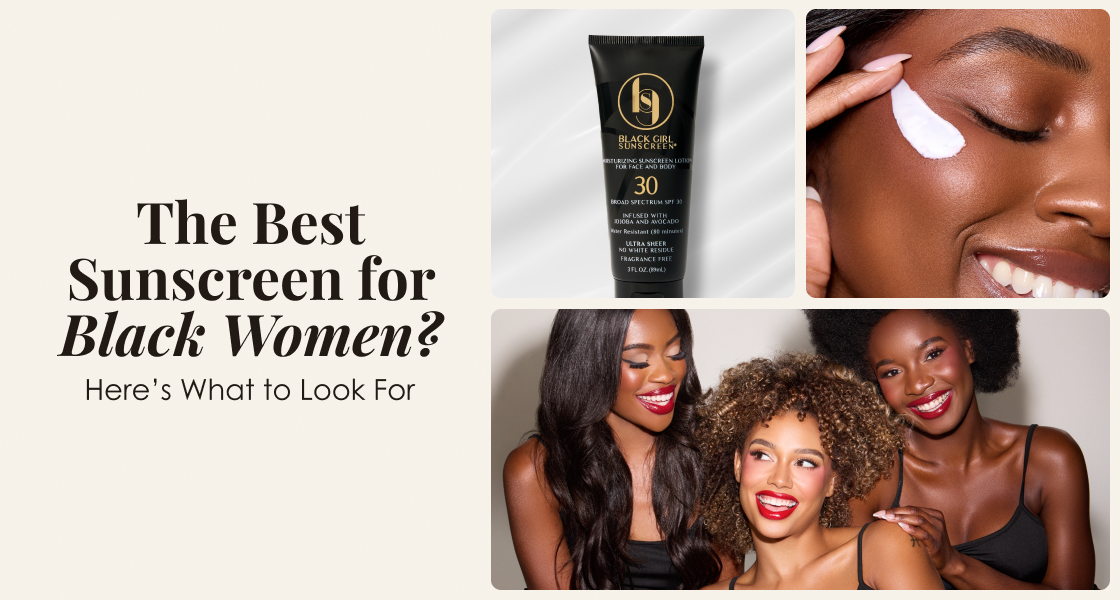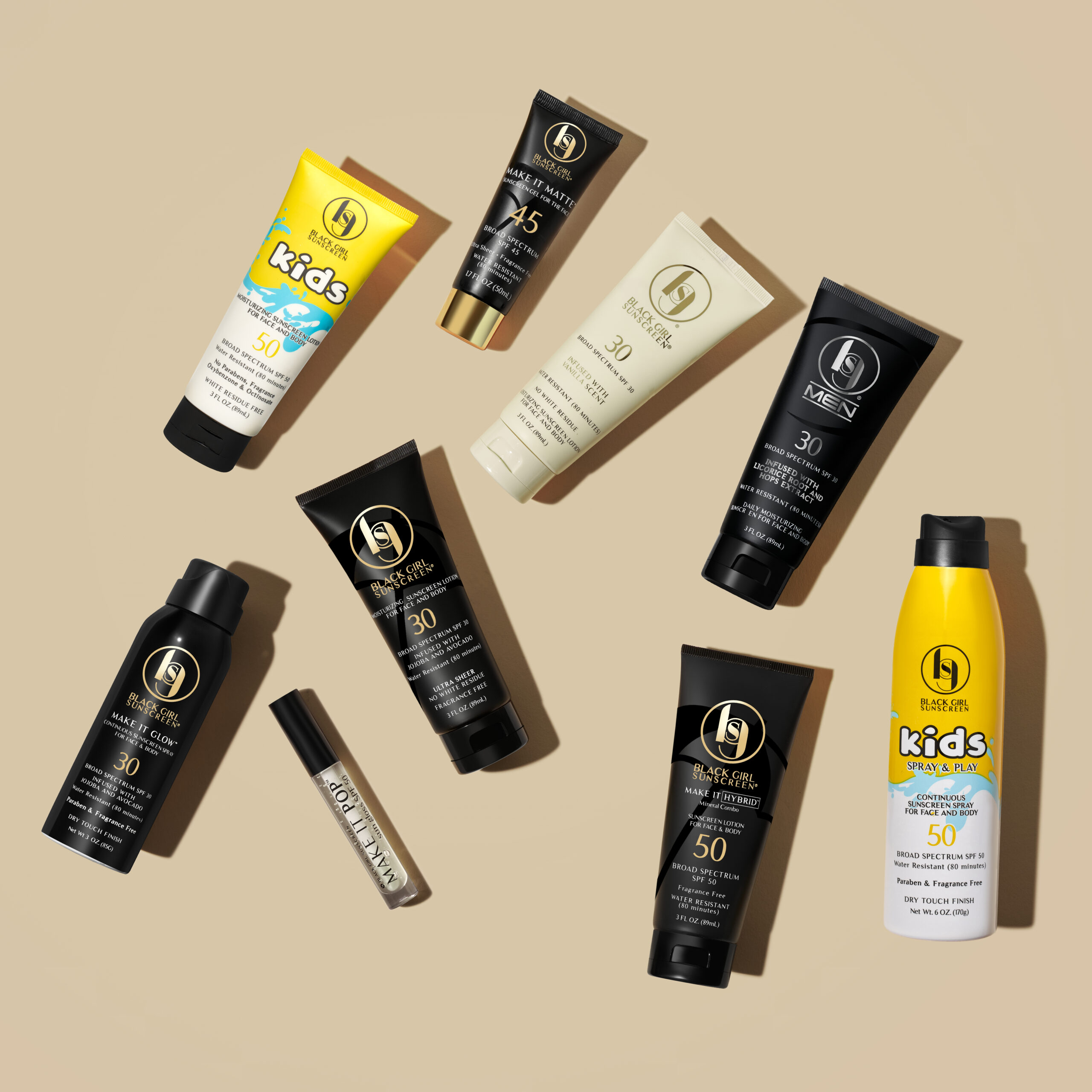
If you have ever grabbed a bottle of sunscreen from counters or shelves from your local store run, then you have may have likely been greeted with huge, printed numbers. These figures generally signify the Sun Protection Factor (SPF) of these products and are a great measure of how shielded your melanin will be from the sun.
However, as these numbers can range from as low as 15 to as high as 50, they can be quite confusing, especially if you are new to the world of sun protection and sunscreen blocks. So, to help you out, we’ve prepared this post to show you everything you need to know about SPF.
UV rays generally refer to a form of radiation that is emitted by the sun and other light-producing sources. This form of radiation is especially helpful in aiding our production of Vitamin D. However, overexposure to UV rays can also lead to damaging effects, such as premature aging or cancer.
If you are aiming to keep your skin in top condition, then it is crucial that you not only know how to protect yourself from UV rays but also the different types of UV rays.
This is the most common form of UV rays that we experience, as about 95% of the radiation that we receive from the sun are UVA rays. Additionally, because UVA rays have much longer wavelengths than other forms of UV, they can penetrate much deeper into the skin, which means that they can easily lead to issues such as premature skin aging, skin damage and wrinkles.
Most UVB rays are absorbed by the ozone layer, and their shorter wavelengths also mean that they don’t penetrate as deeply into the skin as UVA rays. However, this means that they are much more likely to cause top layer burning, leading to sunburns and skin cancers.
These have much shorter wavelengths than the other forms of UV rays, and most of them are filtered out by the Earth’s atmosphere. This means that they never reach our skin.
One of the common questions we receive is, what does the SPF number mean. Essentially, this is a rating given to sunscreens to help determine the level of UVB ray protection they offer. Naturally, this means that the higher the SPF rating, the longer you can stay in the sun without getting burned.
So, if you find that it typically takes about 5 minutes in the sun before you being to notice any burning, then using a product that has an SPF of 30 will mean that it will take 30 times longer for you to experience any sunburns.
Most sunscreens work by blocking out UVB and UVA rays from penetrating the skin. Essentially, this means that when you apply and reapply sunscreen, the physical and chemical particles in the product, such as titanium oxide, help to reflect the UV radiation. So, rather than the UV rays penetrating the skin, they are absorbed and released as heat.
Naturally, this means that by simply applying sunscreen, you are not only protected from burning and dangerous skin cancers, but also photoaging. If you have rarely used sunscreen and are not sure which type to purchase, make sure to purchase a broad-spectrum sunscreen as it protects against both forms of UV.
SPF 30 is generally the minimum level of sun protection that you should be wearing for darker skin, and we highly suggest that you never go below it. SPF 30 is great for daily use and is especially ideal on days when you’re mostly going to be staying at home and may not be receiving much direct sunlight.
SPF 45 is more suitable to wear on days when you may only be receiving a modest level of sunlight, such as slightly warmer days. This will help keep your skin in top condition and protect you from burning and skin cancers.
We mostly recommend wearing SPF 50 on days when your sun exposure is going to be extremely high, such as afternoons on the beach. We also suggest that you always keep your bottle of sunscreen with you, as this will allow you to quickly reapply it when needed.
Unfortunately, when most people are thinking about which sunscreen product to purchase, they grab the bottle with the higher SPF number. However, this is not always necessary, and you must remember that the SPF number meaning is simply a measure of the amount of time you can stay under the sun before you begin burning.
So, if you do not frequently experience many sunburns without sunscreen, then a bottle of SPF 30 or SPF 45 should be great at keeping you fully protected. On the other hand, if you frequently experience burning, then you may want to look at higher numbers, such as SPF 50. In any case, make sure to reapply your sunscreen every two hours for maximum protection.
Your melanin is amazing. It performs super hero like duties but unfortunately it cannot completely protect you from harmful UV rays. Take the time to research skin cancer in African Americans and purchase sunscreen. Your body will thank you.


